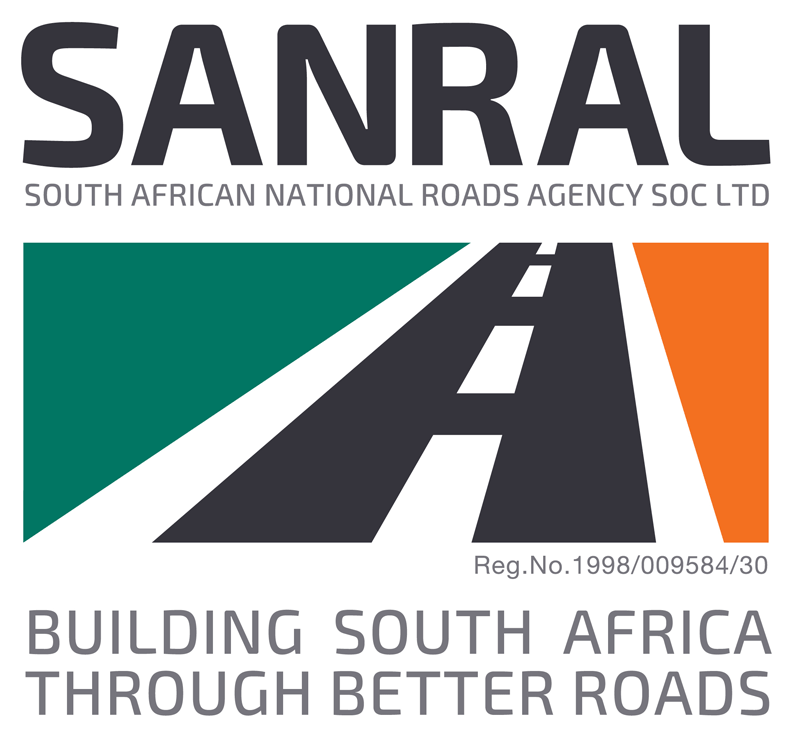SANRAL’s responsibility doesn’t stop with road maintenance.

The maintenance of the roads that SANRAL builds and oversees extends beyond structural repairs.
Conservation of the natural environment is prioritised before, during and after construction, and dedicated reaction teams are ready to kick into action when called upon to deal with environmental incidents.
Prime example of such incidents are spillages on South Africa’s road network, which are a regular occurrence in some areas.
The Garden Route (N2) is a popular route for commercial and leisure travel between the Western and Eastern Cape and, on some sections of this road, spillages are common.
Between Riversdale and Wilderness, a diesel, oil or petrol spillage incident happens up to twice a week. Because environmental management is a key component of road infrastructure development, SANRAL has developed an Environmental Management Plan (EMP) as a tool with which to continually improve environmental performance.
This EMP serves as a guide to respond to environmental incidents and mitigate the extent of the damage.
If a spillage occurs, a primary concern is to prevent any hazardous material from entering the water supply system.
It makes provision for the protection of streams, rivers and dams from direct or indirect spillage of contaminants such as refuse, cement, sewage, chemicals, fuels, oils, wash water, organic materials and bituminous products.
While SANRAL has a vested interest, responsibility for spill containment and treatment, whether hazardous or not, rests with the contractor. The implementation of the EMP begins when the individual who either causes or discovers the spill immediately reports it to the engineer.
From there, the situation is assessed and responded to. SANRAL must determine the exact treatment of polluted soil, or, in worse cases, polluted water, which by its very nature is much harder to contain.
How spillages are handled
We spoke with Johan Nel, Route Manager of Qunu Consulting, to understand exactly what happens when a spillage occurs and how the team operates.
“In smaller incidents, with a petrol or diesel leak on the ground, the contractor is the first cog in the wheel,” said Nel.
“Most contractors have their own spill kits on site, which enable them to cover the affected areas with an absorbent material that prevents the road surface from becoming slippery and ultimately dangerous to road users.”
The staff receives basic training on how to use the material and equipment, how and where it should be disposed of, and on how the spill kit is replenished after every use.
Such incidents are nipped in the bud before they become catastrophes. However, there are times when the incident requires specialised expertise to be called in.
“Generally, this would involve the services of a hazardous-waste response company that can provide rapid response to spills and discharges,” said Nel.
“When time is of the essence, the contaminated area has to be secured and cleaned up quickly and safely.”
Although SANRAL is not responsible for managing the incident, emergency communication is channelled through the Road Incident Management System (RIMS) to ensure that all role players, including Traffic Services, Fire and Disaster Risk Management, Department of Water Affairs and so on, are mobilised and that there is a central communication of who has been deployed, real-time status updates on the situation and communication with the media – particularly when information needs to reach road users – in order to reduce or avoid chaos and confusion on the road.
Some would argue that the real work starts once the situation has been contained and cleaned up, and the road is once again opened to traffic.
There is much environmental activity that plays out behind the scenes, especially in the event of water contamination.
Conservation of the fauna and flora in the area is prioritised and ecological monitoring, as well as remedial or rehabilitation treatment is prescribed.
Where necessary, re-vegetation of affected areas will occur, in consultation with the contractor and environmental specialists.
Sampling and testing of the water quality upstream and downstream of the spill is done and only concluded once upstream and downstream results correspond to each other, effectively giving the water a clean bill of health.
“One thing is certain – when a spillage occurs, no stone is left unturned to respond, quickly, effectively and with as little inconvenience to road users as possible,” added Nel.
SANRAL’s commitment stretches way beyond roads and because of this, the agency constantly engages with specialists, stakeholders and other interested parties to refine its response to incidents that threaten the health of the environment.

